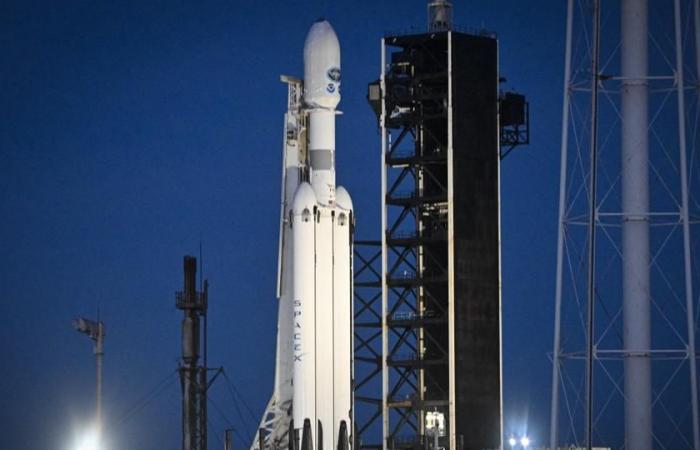Due to Hurricane Milton, which will approach Florida and the Cape Canaveral launch center, NASA has canceled the Europa Clipper launch. A mission whose main objective will be to determine whether the moon Europa harbors conditions suitable for life.
A historic space mission. Since the end of the 1990s, NASA has taken a close interest in Europe. And for good reason, this moon of Jupiter, the most massive planet in the solar system, shelters an ocean of liquid water under its ice cap. A historic discovery thanks to the Galileo probe which flew over the star several times between 1995 and 2003.
Europe then became one of NASA’s priority objectives. But due to lack of budget, several projects were canceled. Until 2012, the year of birth of the Europa Clipper mission. Designed by engineers at the Jet Propulsion Laboratory (JPL), the probe of the same name aims to orbit the moon in order to study its composition. But the mission promises to be perilous.
Discover traces of extraterrestrial life
Initially scheduled for October 10, the launch of the probe by a Falcon Heavy rocket from SpaceX, one of the rare launchers capable of putting such a heavy probe (around six tons) into orbit, was canceled last Monday due to the passage of the Hurricane Milton. But NASA has announced that the mission will be able to attempt to reach orbit this Sunday, October 13. After its takeoff, scheduled for precisely 6:12 p.m., Europa Clipper will make a long transit to Jupiter of several million kilometers which will last six years, before entering Europa’s orbit in 2031.
The probe will then collect scientific data for three years, until 2034. The objective will be to precisely study the composition of the moon, from its surface to its subglacial ocean, in order to determine the latter harbors conditions favorable to the development of living microorganisms. If this hypothesis is confirmed, the discovery will be historic since it would prove the existence of extraterrestrial life.
With a budget of approximately $2.1 billion, this mission is one of the largest in NASA history. If the probe does not take off next October, we will have to wait until 2025 and the next launch window.







